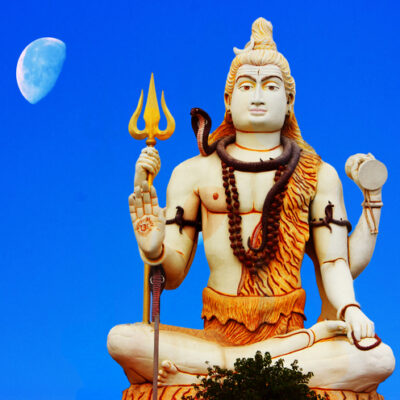Jajpur Yajna Varaha Temple, Odisha

Address
Jajpur Yajna Varaha Temple, Odisha
Jajpur Town, Jajpur District
Odisha 756120
Moolavar
Yajna Varaha (Lord Vishnu)
Introduction
The Yajna Varaha Temple, also known as the Varahanatha Temple, is a significant Hindu shrine dedicated to Lord Vishnu, particularly in his Varaha (boar) form. This temple is located in Jajpur Town in the Jajpur District of Odisha, India.
Puranic Significance
Historical Significance:
- Construction: The Yajna Varaha Temple was originally built by Gajapati King Prataparudra Deva (1497–1540 CE) under the guidance of Kasi Mishra, Raja Guru of Prataparudra Deva. It underwent reconstruction during the Maratha rule under Raghoji I Bhonsle (1739–1755 CE).
Legends and Significance:
- Origin of Jajpur: According to legend, Jajpur got its name from “Yajnapura.” It is believed that Lord Brahma performed the Ashvamedha Yajna here and sought Lord Vishnu’s help to retrieve the stolen Vedas. Lord Vishnu appeared as Varaha (boar) and recovered the scriptures, leading to the name “Yajnapura,” later shortened to Jajpur.
- Gada Kshetra: The temple is associated with Lord Vishnu’s Gadadhara (Mace) form. It is said that Lord Vishnu placed his mace in Jajpur to commemorate his victory over the demon Gayasura.
- Varaha Kshetra: Lord Vishnu is believed to have appeared here in various forms, including Yajna Varaha, Sveta Varaha, Lakshmi Varaha, and Padma Varaha, during different Yugas (eras).
Special Features
Orientation: The Yajna Varaha Temple faces east and is built on a raised plinth.
Structure: The temple complex consists of a rekha vimana (main sanctum), antarala (vestibule), and pidha jagamohana (assembly hall). Both the vimana and jagamohana are square on plan.
Interior Decor: The interior of the jagamohana and antarala feature modern paintings with floral and animal motifs. Sculptures of Saivite dvarapala, Brahma, and Astikajaratkaru adorn the walls.
Idols: The sanctum houses two idols of Varaha, an idol of Lakshmi, and an idol of Jagannatha. While the Jagannatha idol is made of wood, the others are made of stone. All these deities are placed on elevated pedestals.
Exterior: The temple’s pinnacle is adorned with various figures, including the udyotasimha (lion with lolling tongue) and gajasimhas (the lion riding an elephant). The central paga (raha) features a Varaha image.
The Yajna Varaha Temple is not only a place of religious significance but also a testament to the rich cultural and historical heritage of Odisha. Devotees and visitors are drawn to the temple’s spiritual aura and architectural beauty.
Festivals
Chandana Yatra, Shivarathri, Kartika Purnima and Varaha Janmashtami are the festivals celebrated here.
Century/Period
1497–1540 CE
Managed By
Archaeological Survey of India (ASI)
Nearest Bus Station
Jajpur
Nearest Railway Station
Jajpur Keonjhar Road
Nearest Airport
Bhubaneshwar






